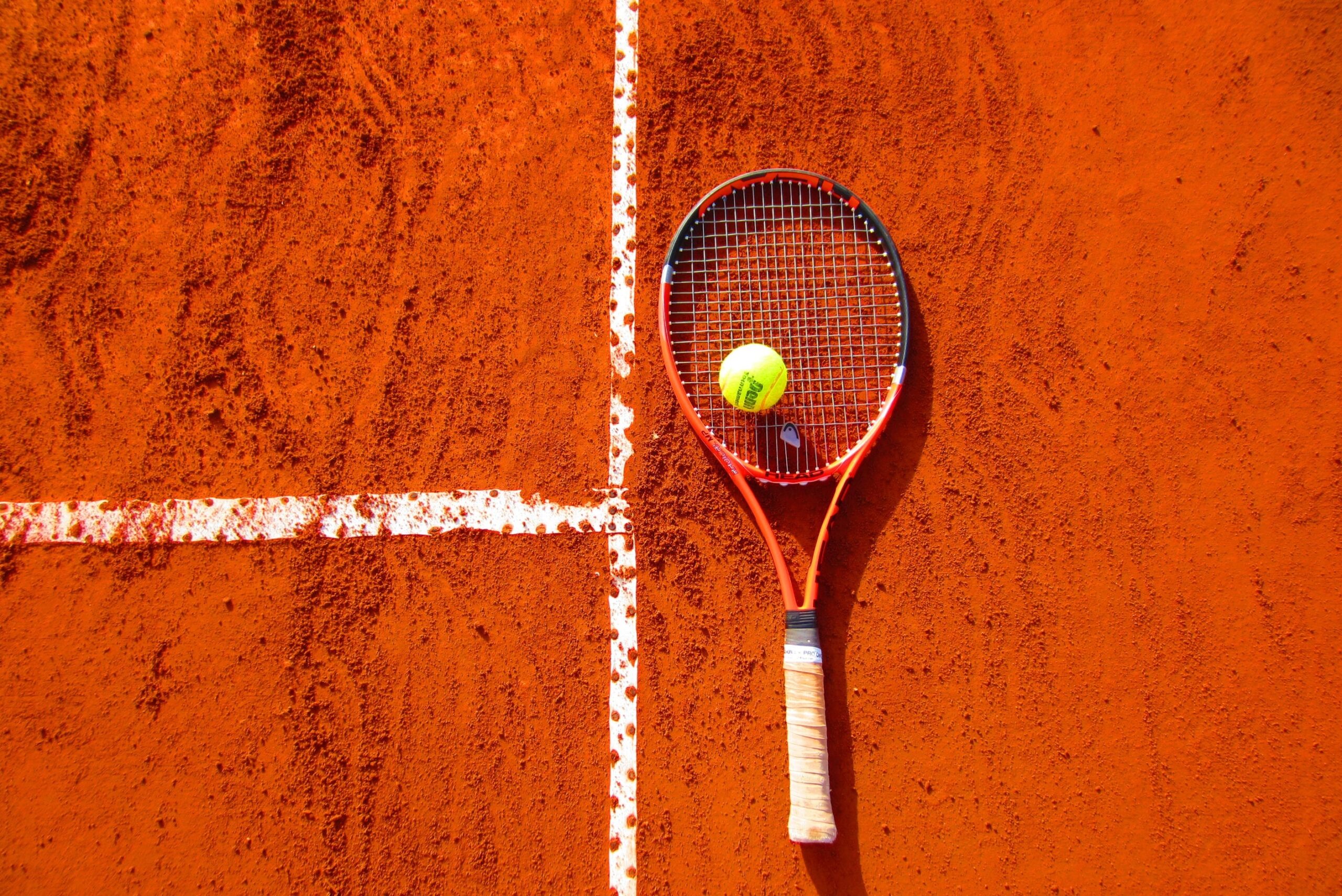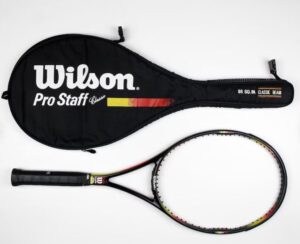
The sport of tennis has come a long way since its inception in the 12th century, and the evolution of tennis rackets and strings has played a pivotal role in transforming the game. Tennis rackets have evolved from simple wooden frames with gut strings to highly sophisticated composite materials with advanced string technology, enabling players to hit harder, faster and with more spin than ever before.
Early Days
In the early days of tennis, rackets were made of wood and featured small heads with tightly strung gut strings. The materials used were basic, and the design of the racket had not evolved much from its origins in the game of real tennis, which dates back to the 16th century. Players used a combination of wrist action and arm strength to generate power and spin on the ball.
1960s: Aluminum Rackets
The first significant change in racket technology came in the 1960s when Wilson introduced the first metal racket. Made from aluminum, these rackets were lighter and stronger than wooden frames, and they quickly became popular among players. They offered more power and control, and players could hit the ball with greater speed and accuracy. The metal racket also featured a larger head size, which increased the sweet spot and made it easier to hit the ball with consistency.
1980s: Graphite and Composite Rackets
Another significant turning point in the evolution of tennis rackets came in the 1980s when graphite and composite materials were introduced. These materials were lighter and stiffer than aluminum, allowing for even more power and control. With the advent of graphite and composite rackets, players could generate incredible racket head speeds, producing shots that were faster and more explosive than ever before. The larger head size and increased sweet spot also made it easier for players to hit the ball with power and accuracy, especially on off-center hits.
1990s and 2000s: Racket Head Size Matters
The introduction of composite materials also led to changes in racket design. Manufacturers began experimenting with different shapes and weights, and the first oversized rackets were introduced. These rackets had larger heads and were more forgiving on off-center hits, making it easier for players to hit the ball cleanly. The oversized racket also enabled players to generate more spin, which became an increasingly important part of the game in the 1990s and 2000s.
String Technology
String technology has also played a crucial role in the evolution of tennis. In the early days of the game, gut strings were the only option, and they were expensive and difficult to maintain. Gut strings are still used today, but they have been joined by a range of synthetic materials that offer different characteristics in terms of power, control, and spin.
In the 1970s, nylon strings were introduced, and they quickly became popular among players. Nylon strings were cheaper and more durable than gut, and they offered more power and control. In the 1990s, polyester strings were introduced, and they revolutionized the game. Polyester strings were stiffer than nylon, which allowed players to generate more spin on the ball. They also lasted longer than nylon, which meant players didn’t have to change their strings as often.
Conclusion
The evolution of tennis rackets and strings has had a significant impact on the way the game is played. With more powerful rackets and advanced string technology, players like Raphael Nadal and Novak Djokovic can hit the ball harder and generate more spin. This has led to a shift in playing styles, with more players adopting a baseline game that relies on heavy topspin to keep opponents on the defensive. The larger sweet spot on modern rackets has also made it easier for players to hit the ball with accuracy and power from a wider range of positions on the court.
The increase in racket speed and power has also led to an increase in player injuries. The modern game places a great deal of stress on the body, particularly the shoulder, elbow, and wrist. Players are hitting the ball harder and with more spin, which can lead to repetitive strain injuries over time.


